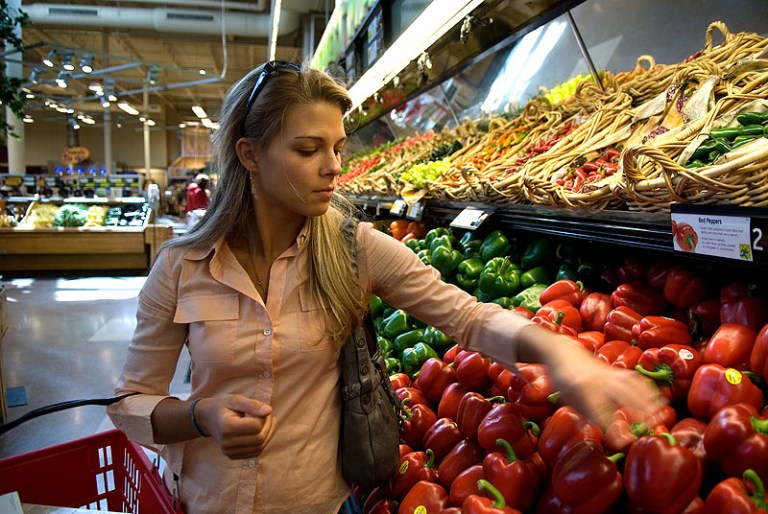
Since going live with Apple Pay last month, the $14.2 billion 401-store Whole Foods grocery chain has used the mobile wallet to process more than 150,000 transactions, according to CIO Jason Buechel.
But the chain doesn’t solely see Apple Pay as a payment mechanism. During its recent earnings report analyst call, both of Whole Foods’ Co-CEOs spoke of the huge publicity benefit from having accepted Apple Pay, not to mention the positive coverage and associated buzz.
“We were the first national supermarket to accept Apple Pay,” said Co-CEO John Mackey. “We are one of the top retailers in terms of number of transactions, and our seamless experience has been widely publicized.”
Buechel also spoke of its partnership with grocery delivery app Instacart, saying that it “has resulted in digital shopping carts 2.5 times the size of their brick-and-mortar counterparts. The growth in part has to do with the fact that customers don’t have to spend time walking around a grocery store. ‘When you can shop in a fraction of the time, you’re open to probably having a much larger basket.’ Using Instacart, Whole Foods can also recommend products or push promotions directly to customers’ phones,” the Wall Street Journal reported.
That delivery mobile app also brought in new customers, Beuchel said, “who may have shopped at other stores out of convenience or didn’t see the immediate value of Whole Foods’ products.”
The CIO also mentioned a new mobile app, a new POS platform and—in a sharp change for Whole Foods—a loyalty program. For many years, Whole Foods has refused to go into loyalty and CRM, fearing that its shoppers would see it as a personal intrusion, a privacy violation.
The move comes as part of a broader analytics push at the chain, the CIO said, which will also improve supply chain operations.